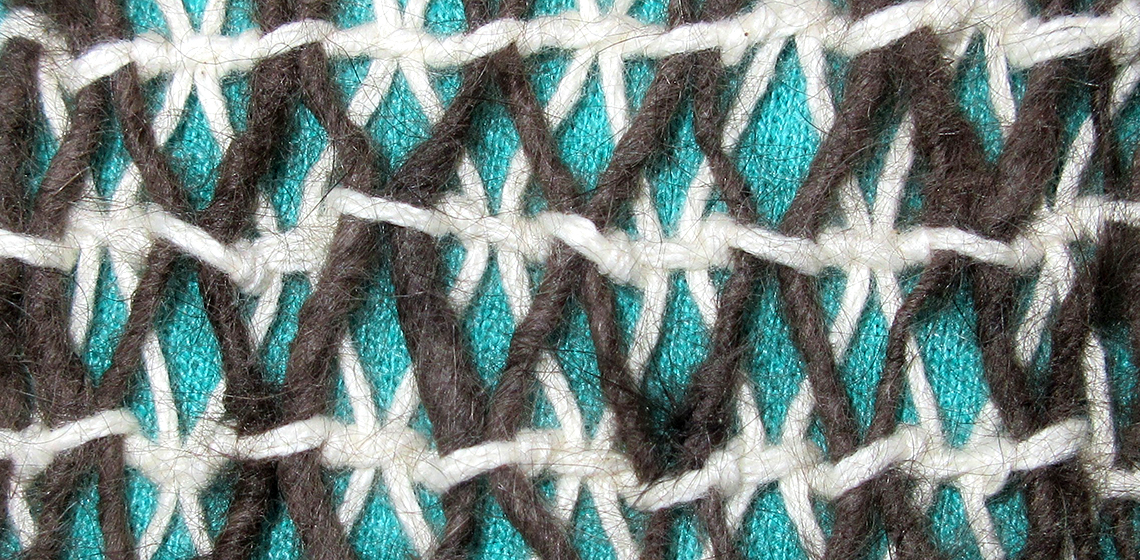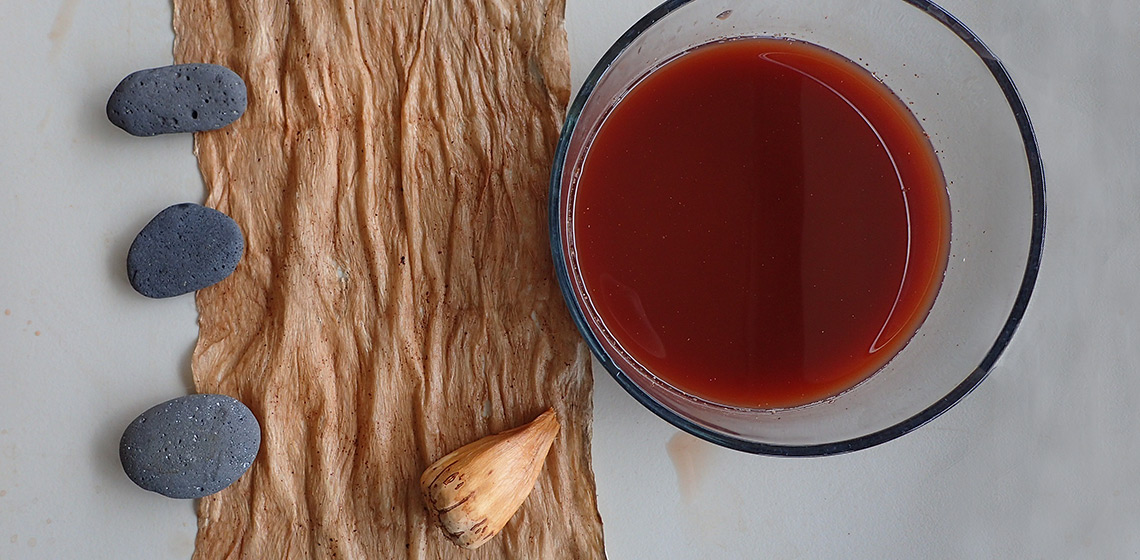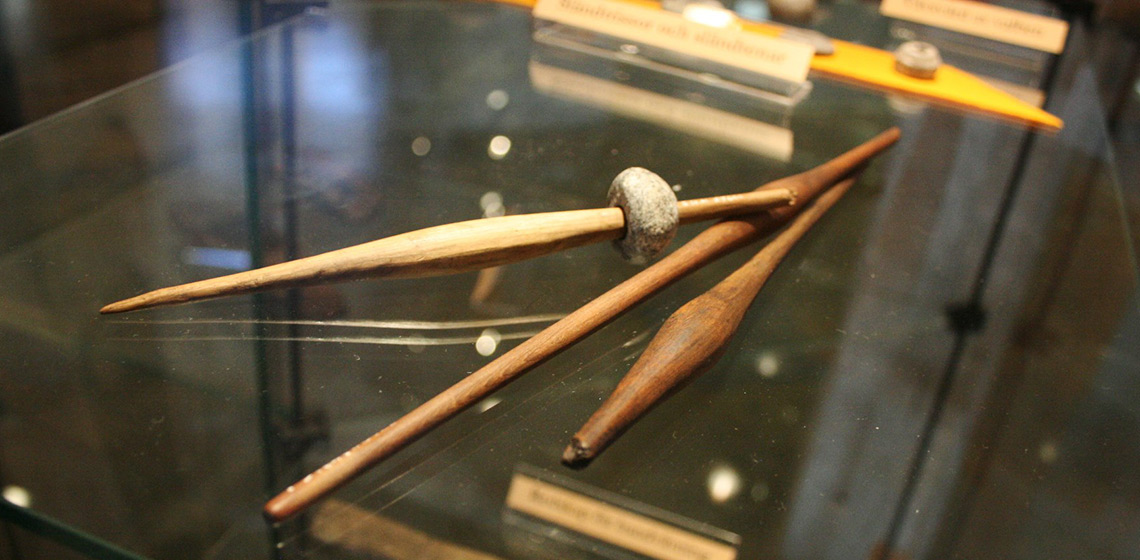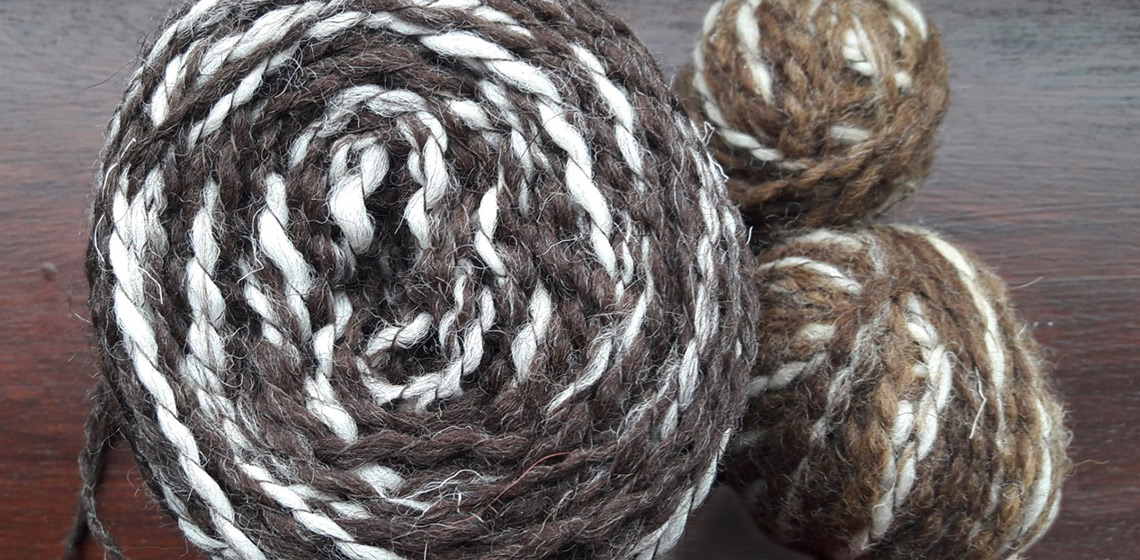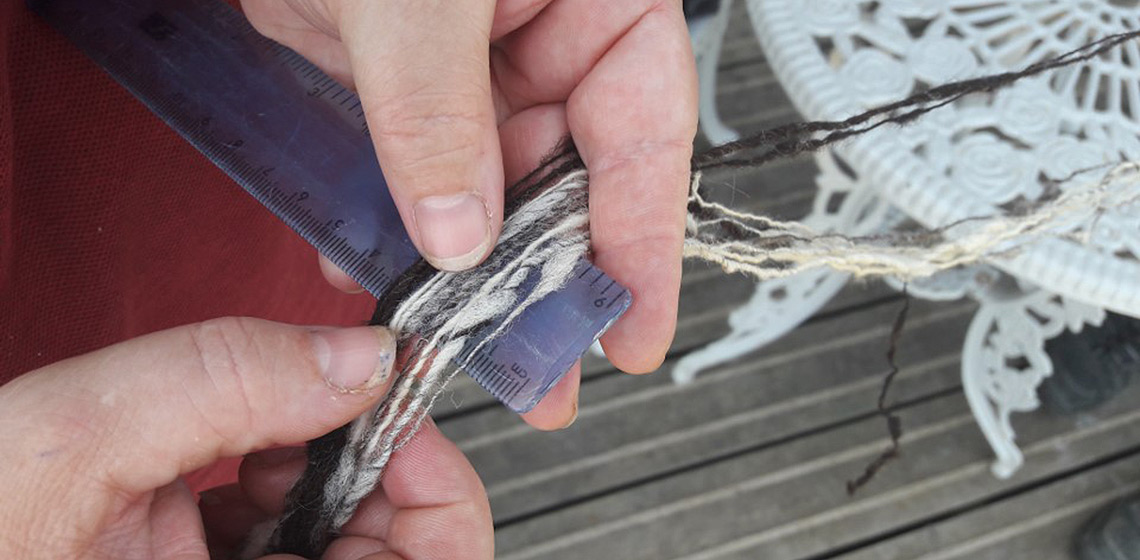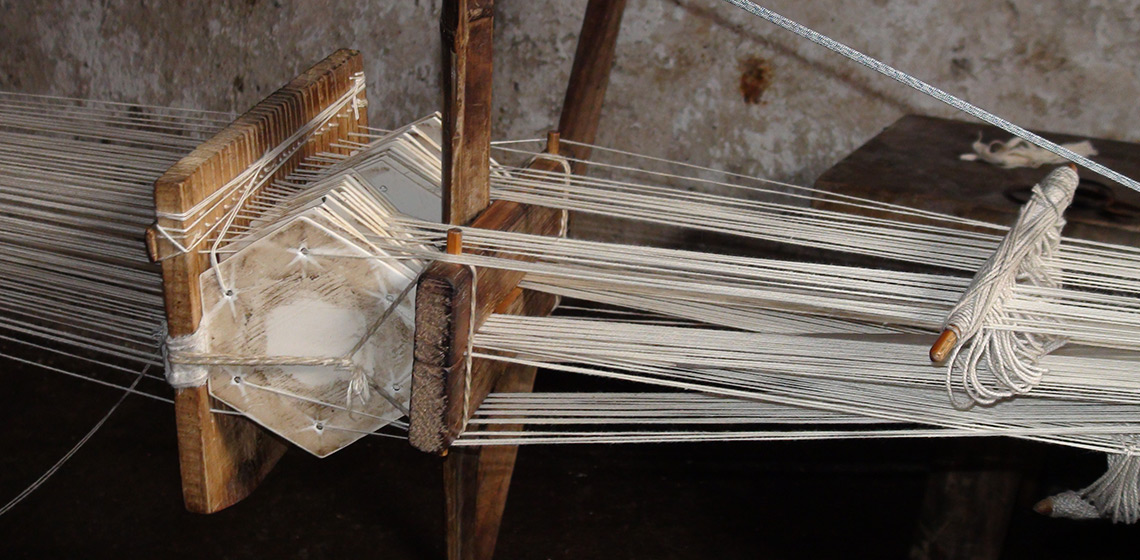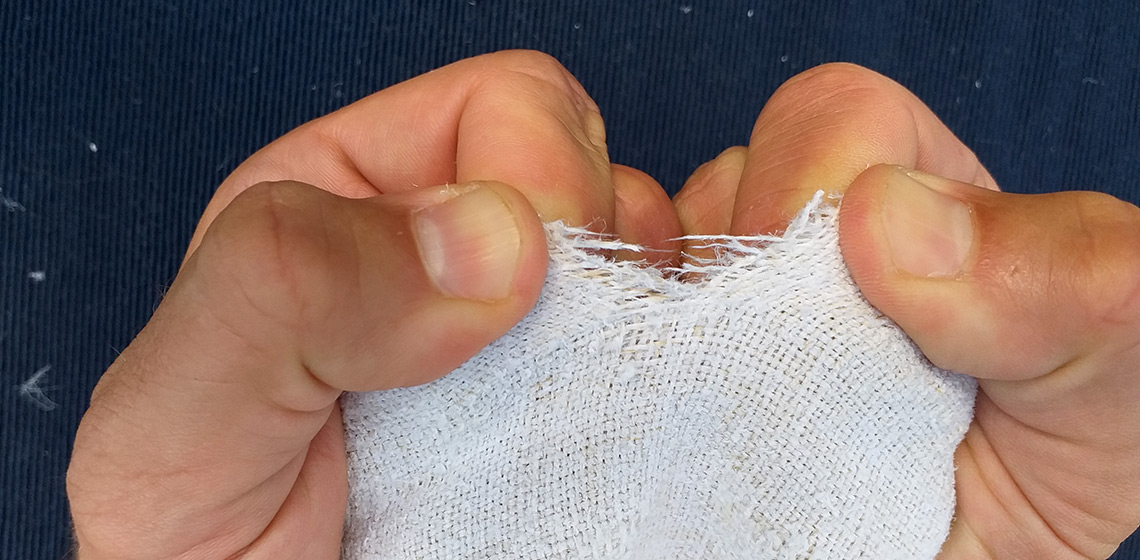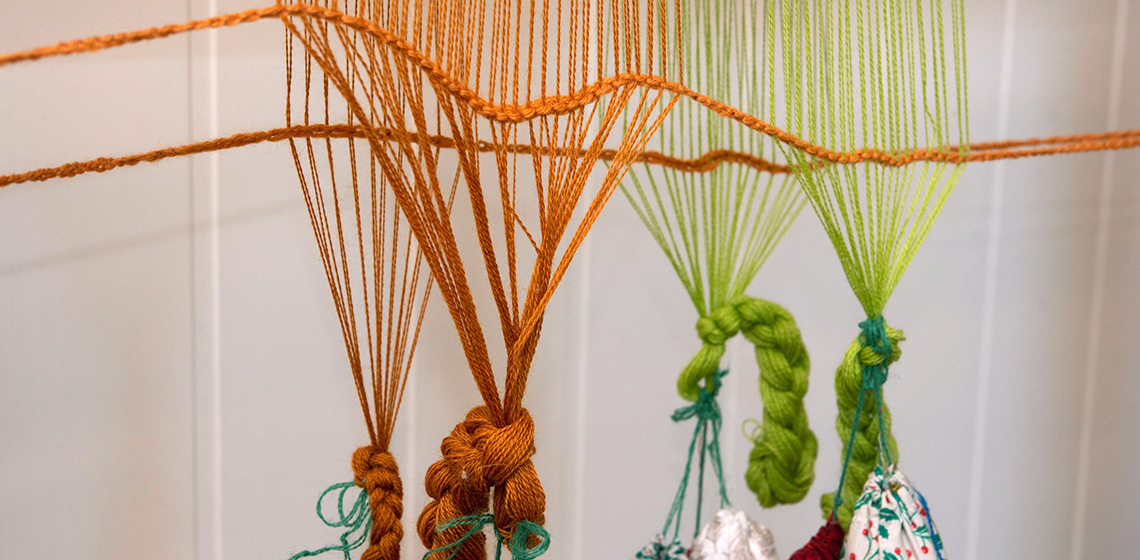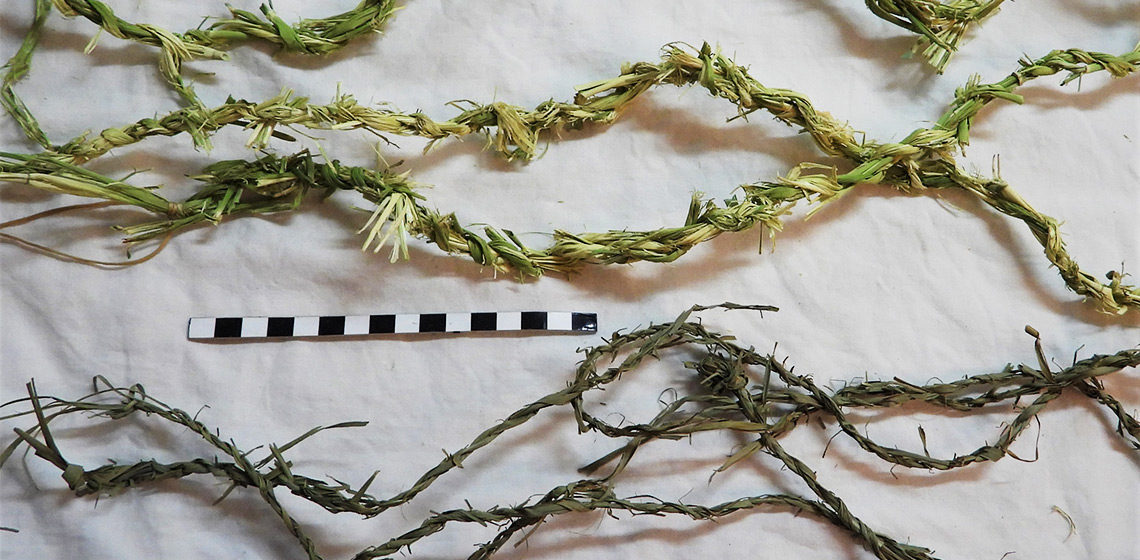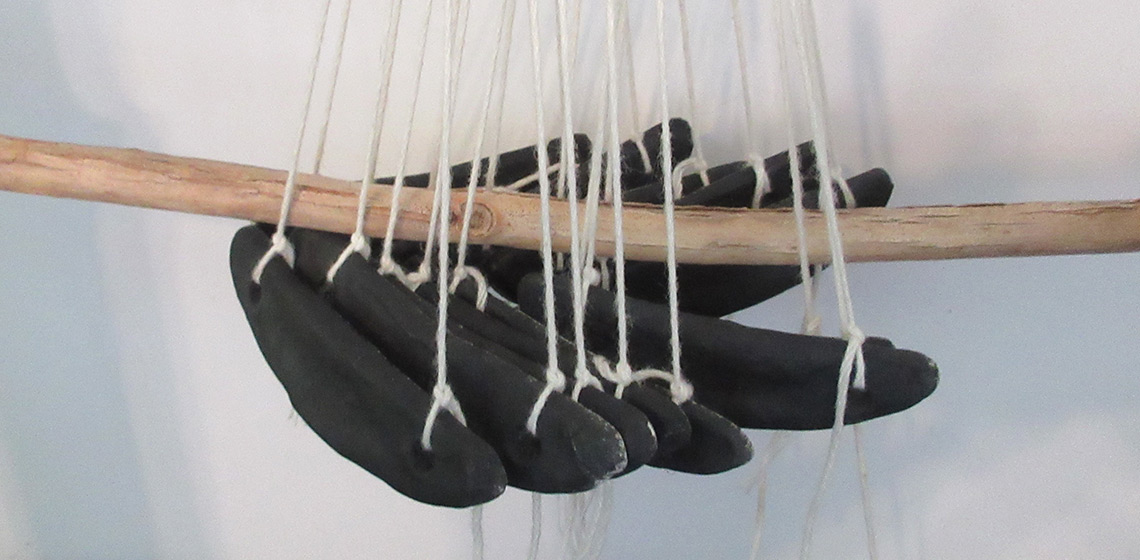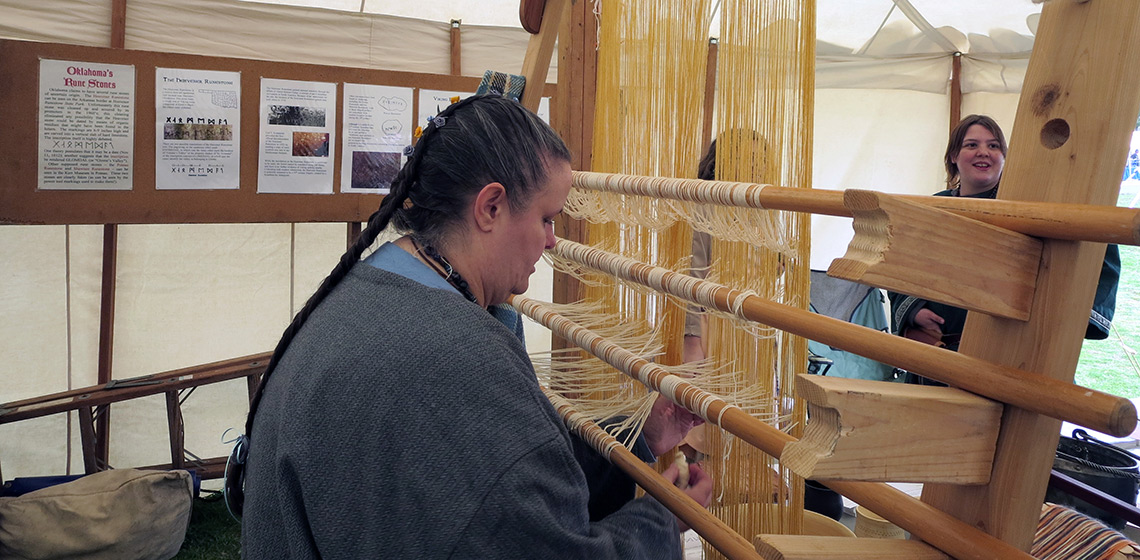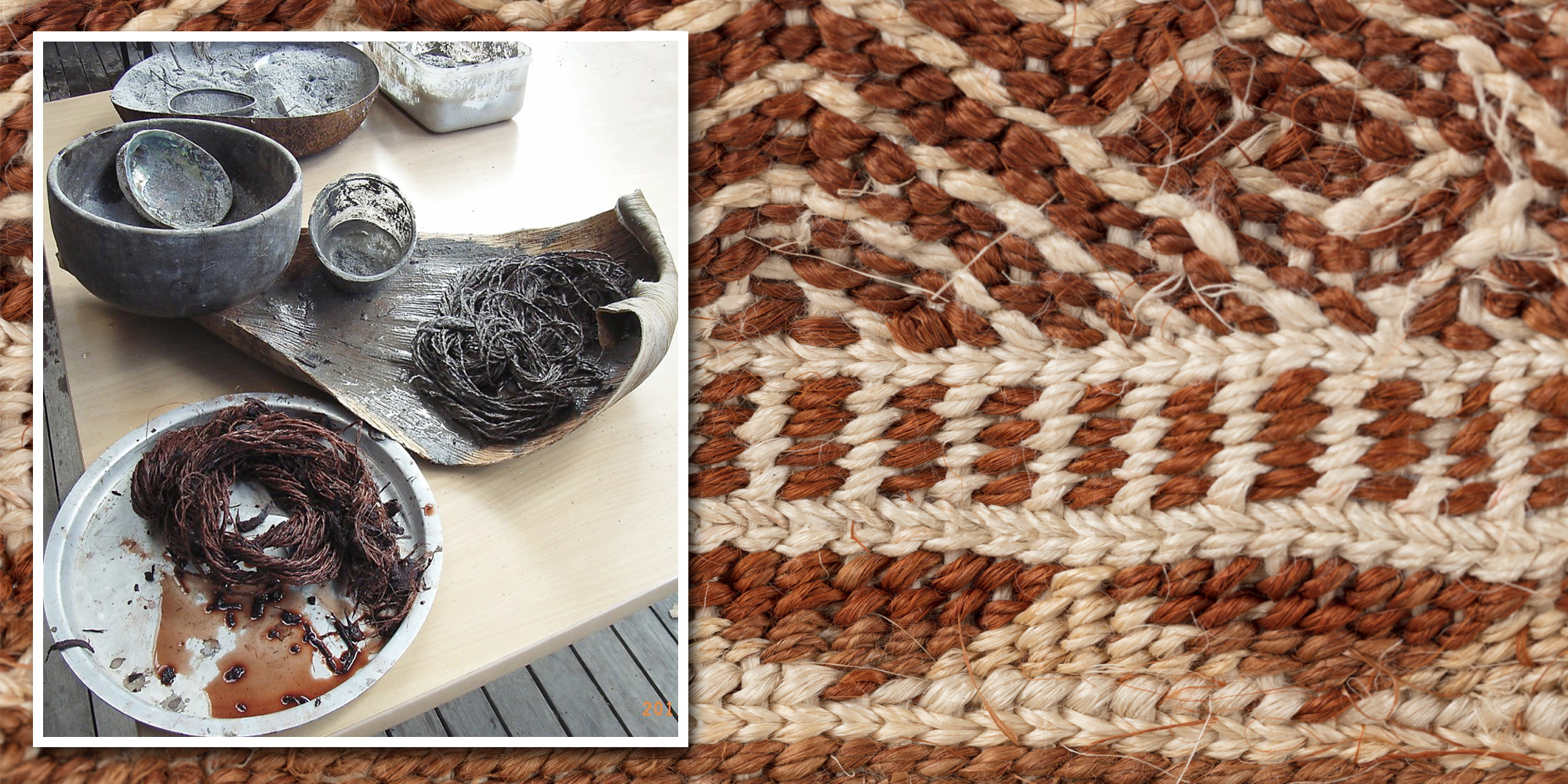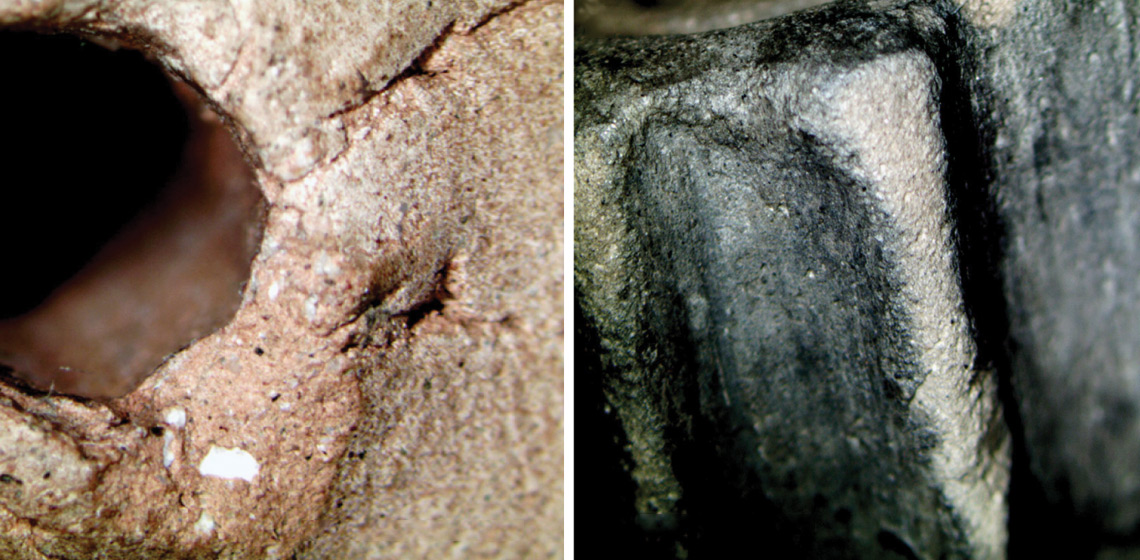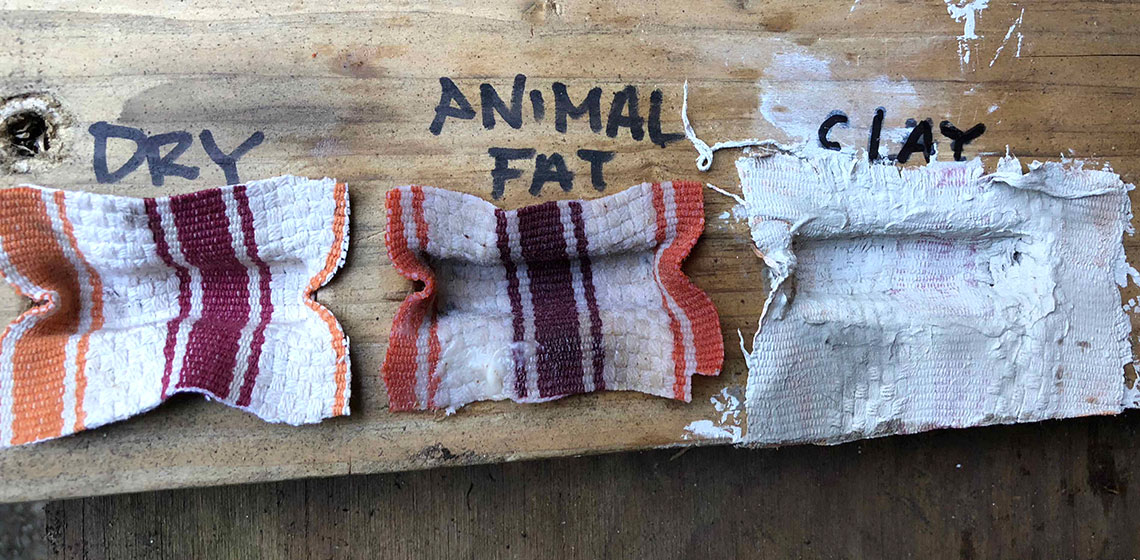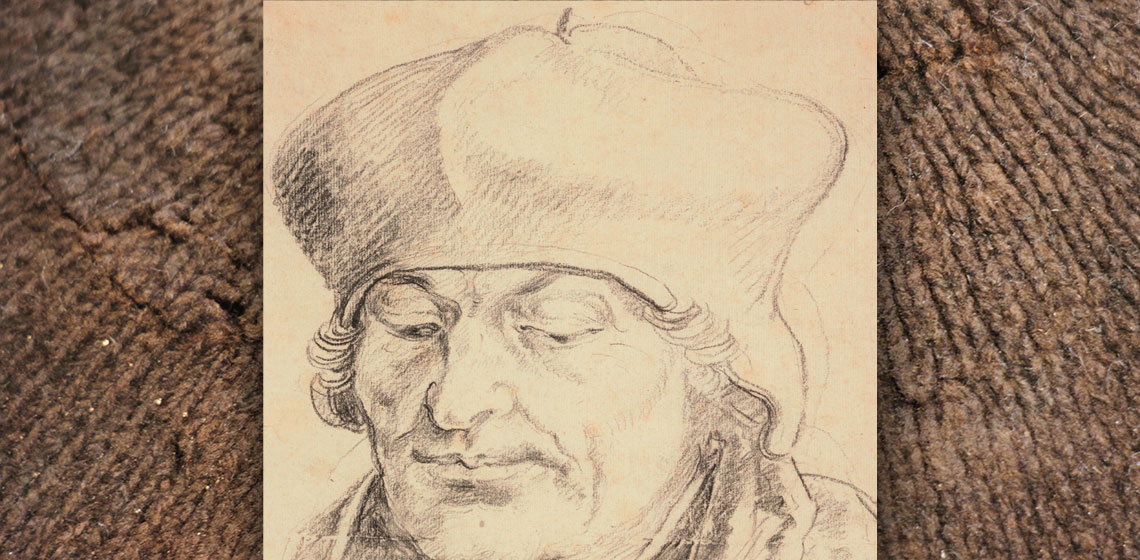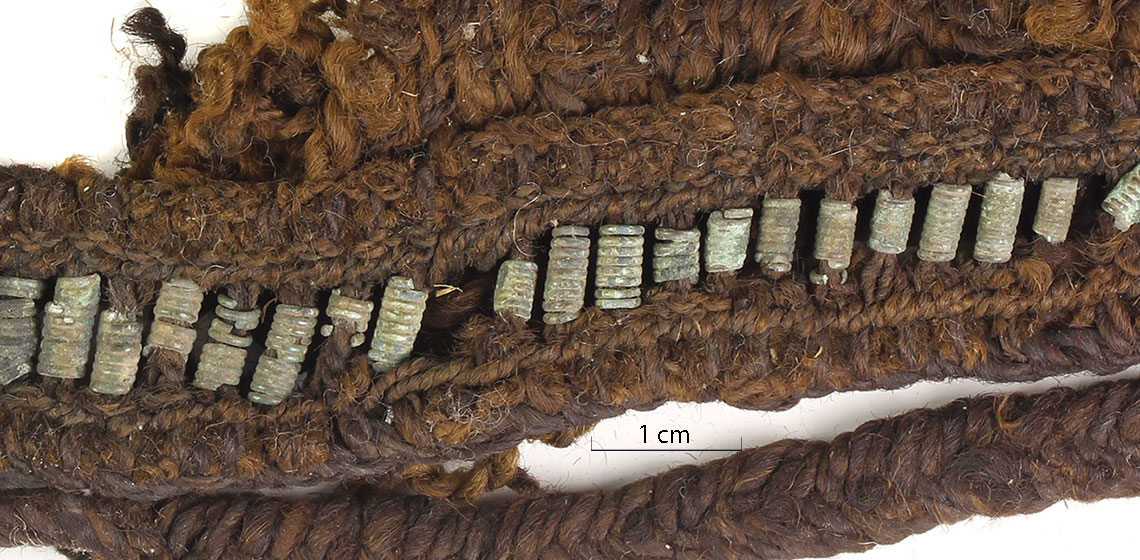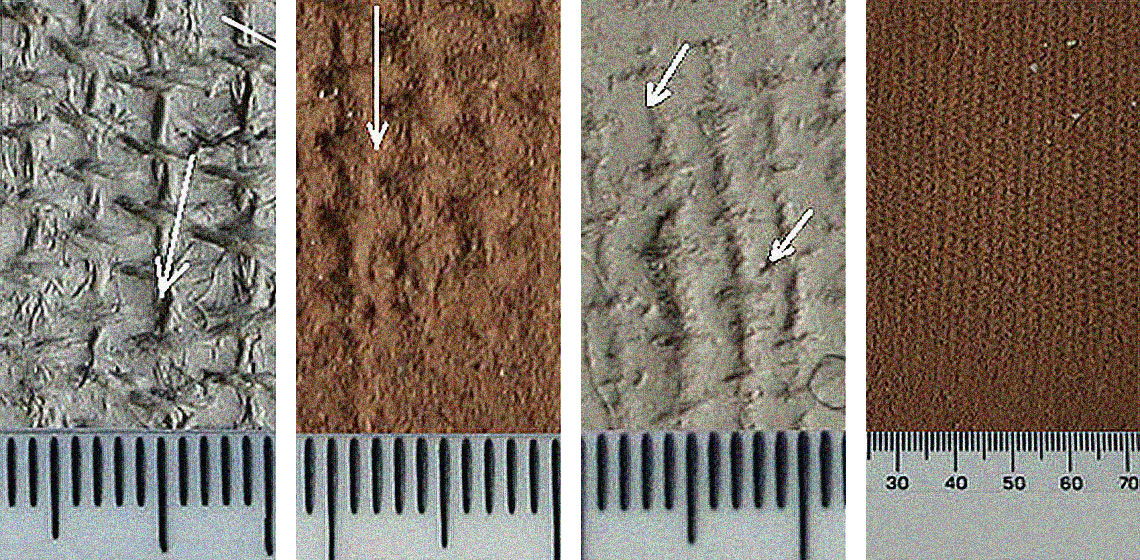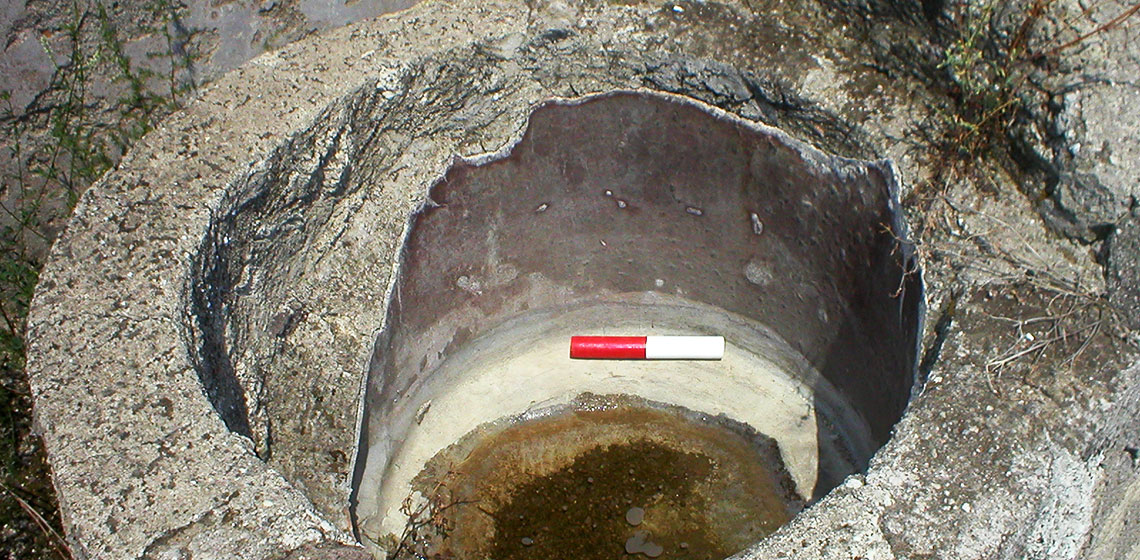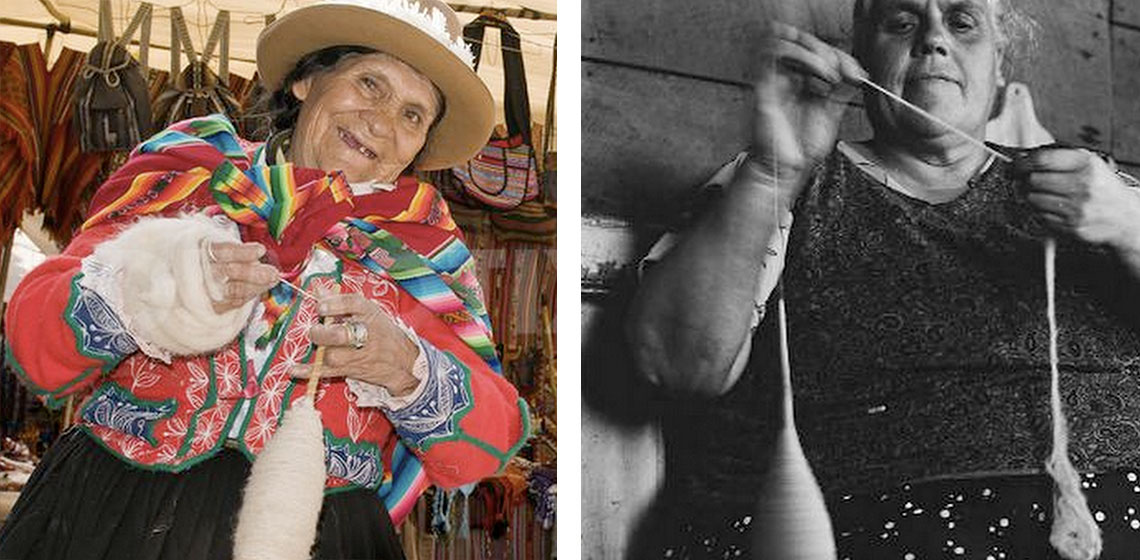
Textiles do not often appear in archaeological excavations. We find them in stable situations, for example completely under water or in desert like circumstances. When archaeologists do find textile remains, there usually is a lot of information we can derive from those. It says something about their users, about the availability of material and for example colours. But even if we don’t find textiles themselves, we can often find traces or derivatives, think of textile prints in pottery, or tools used in the production process like spinning weights. There is more than meets the eye, and it is here that experimental archaeology comes in.
